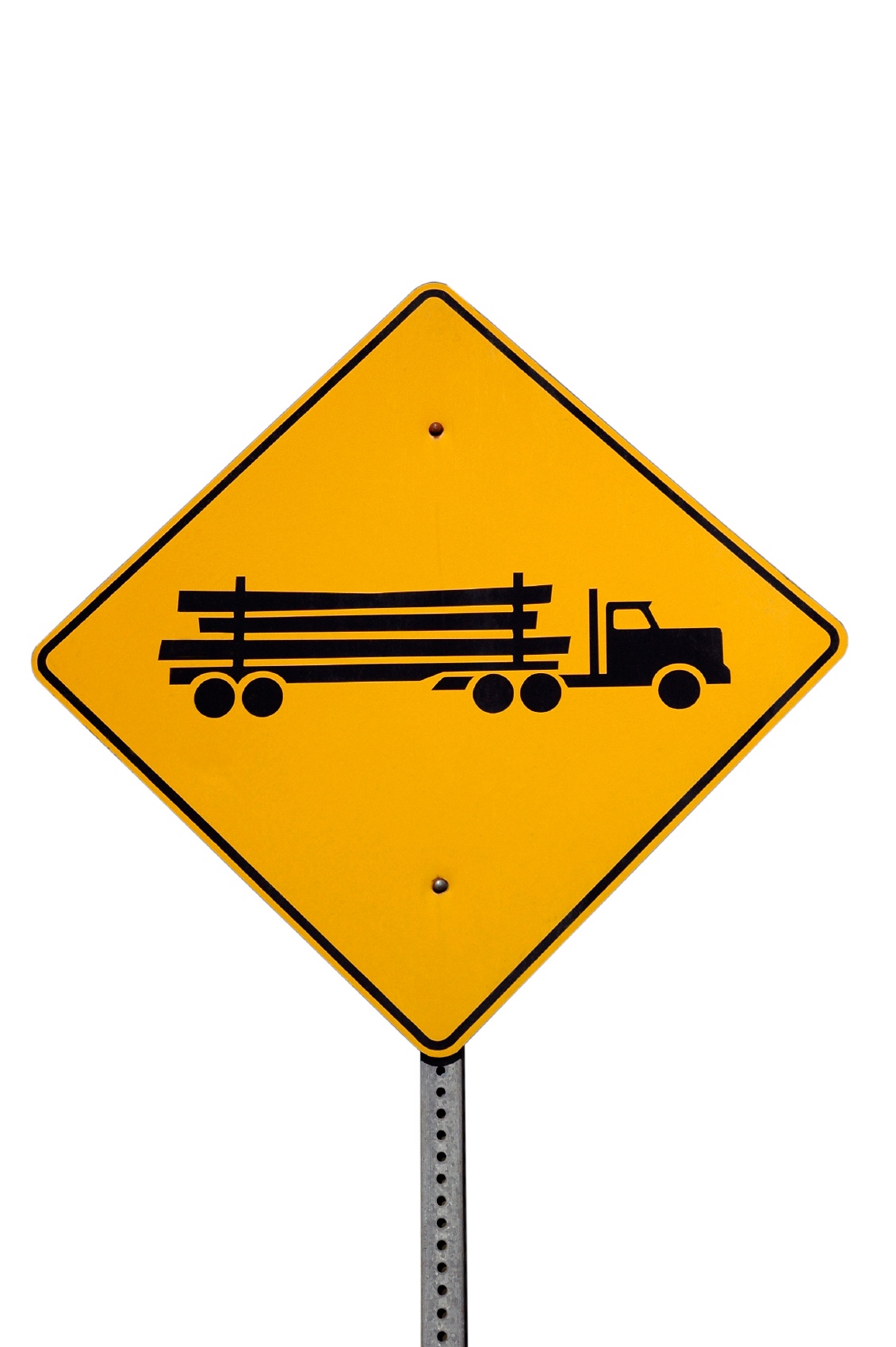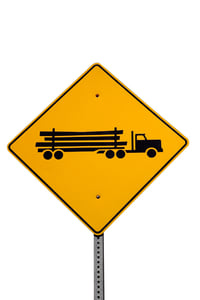
Just as the volume of forest inventory does not necessarily equate to the volume of that can reasonably be removed from the forest, an abundant supply does not necessarily mean that supply can be delivered to a wood-consuming facility on a consistent basis. Details pertaining to logistics are easy to overlook but can ultimately have a major impact on successful facility operations.
Is a facility’s woodyard sufficient to receive the number of daily truckloads required to maintain plant capacity? Will the transport costs of hauling wood raw materials to the plant be reasonable enough to guarantee a profit? The answer to such questions can significantly influence project developers when siting a biofuels facility.
Right Size the Woodyard
A facility that requires 500,000 tons of feedstock per year (approximately 2,000 tons per day) will need to cycle through 80 25-ton loads per day. Assuming the facility accepts trucks 14 hours a day, a minimum of one set of scales and two sets of truck dumps are needed to handle this capacity.
Further layers of complexity are added by the intricate logistics of moving many trucks through a facility. The previous example illustrates the importance of designing plants with receiving capacities large enough to weigh and unload the required amount of feedstock.
It is also important to design plants with inventory capacity large enough to accept feedstock when it is available and store it until it is needed for production. Seasonal factors like wet weather that can result in weeks of no logging and, subsequently, no deliveries. Furthermore, a larger woodyard allows for a facility to build inventory with lower cost materials when available.

Right Size the Plant
Finding a sustainable procurement zone and then right sizing the plant to the available supply is typically more effective than choosing the size of the facility then searching for a procurement zone to support its feedstock needs. Plants with high capacities carry the risk of incurring increased costs by either reaching into higher-cost classes of material or extending haul distances to meet demand.
Right Size the Feedstock Supply
A persistent myth of an unlimited supply of biomass at minimal cost fails to reflect the complexity of the wood fiber supply chain. The amount of in-woods biomass that comes to market depends on the number of sawtimber harvests and the availability of loggers and equipment to remove the material from the forest.
Loggers have no reason to engage in the expensive process of recovering wood residues when only small markets exist for this material. A lack of available woodfuel in any one region is typically a short-term risk at startup as it takes time for infrastructure to adjust to the demands of new market entrants.
A less risky source of supply is wood products manufacturers. The delivered price of sawmill residues — the bark, sawdust, and shavings that are a byproduct of the manufacturing process — are generally equivalent to that of in-woods biomass.
Considering a broad feedstock portfolio from the outset will improve the opportunity to achieve success. Ultimately, the onus is on companies to understand the nature and characteristics of the forest resources and factors affecting feedstock availability within its supply shed.
By using one or more of these three strategies, biofuels facilities can make sure they are efficient from the moment they are operational. Good planning when it comes to the size of the woodyard, the facility, and the source of feedstock supply are the keys to long-term profitability and success.





